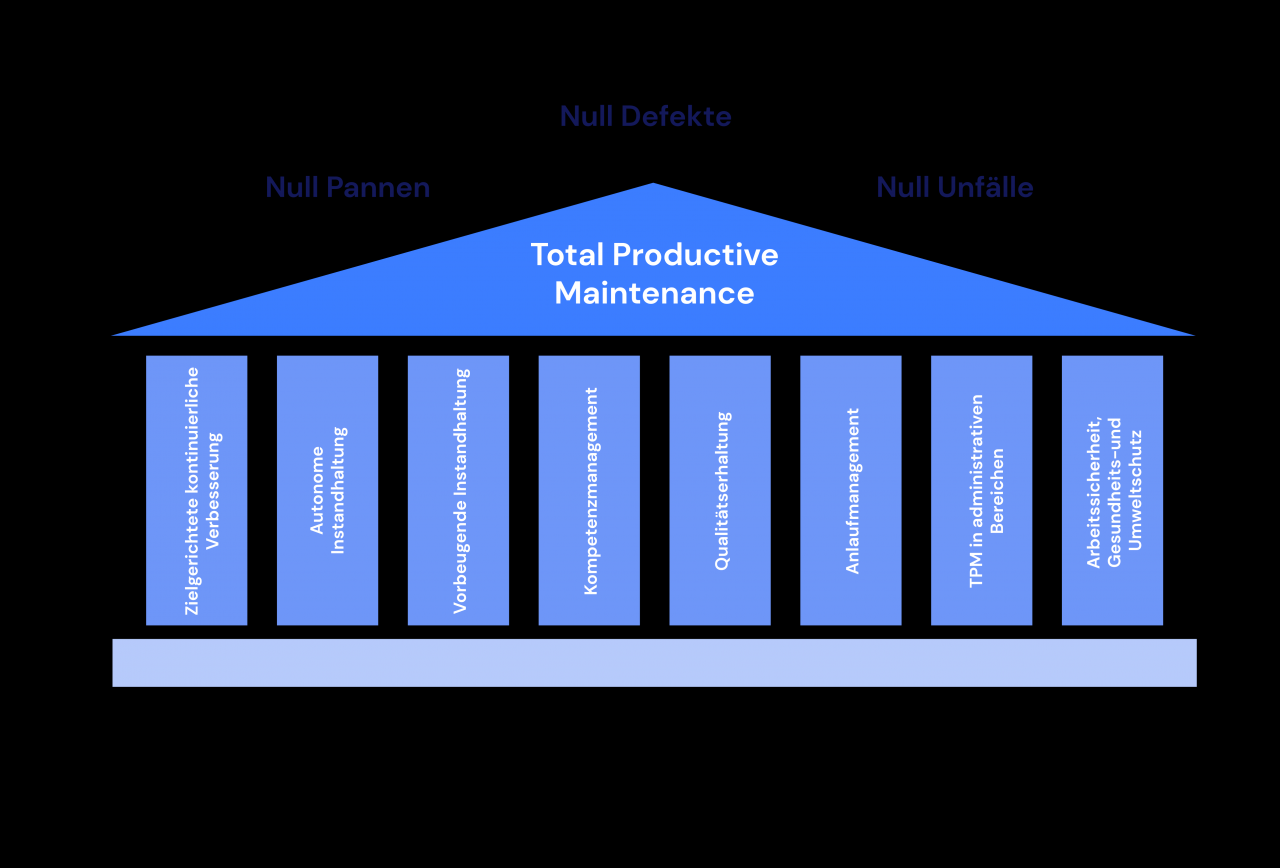
A technician is preparing to encrypt a corporate drive by using microsoft bitlocker. which bios option will the technician need to enable? – A technician is preparing to encrypt a corporate drive by using Microsoft BitLocker. To ensure successful encryption, the technician must enable a specific BIOS setting. This article explores the importance of BIOS settings for BitLocker, identifies the required setting, and provides guidance on enabling it across different motherboard brands.
BitLocker relies on specific BIOS settings to function properly. Without the correct setting enabled, BitLocker may not be able to encrypt the drive, leaving it vulnerable to unauthorized access.
BIOS Settings Required for BitLocker Encryption: A Technician Is Preparing To Encrypt A Corporate Drive By Using Microsoft Bitlocker. Which Bios Option Will The Technician Need To Enable?
 [/caption]
[/caption]
BitLocker Drive Encryption is a full-disk encryption feature available in Windows operating systems. To use BitLocker, certain BIOS settings must be enabled to ensure the integrity and security of the encryption process.
TPM
Trusted Platform Module (TPM) is a hardware component that stores cryptographic keys and provides secure storage for sensitive information. Enabling TPM in the BIOS is essential for BitLocker to function properly. TPM generates and stores encryption keys, ensuring that data remains encrypted even if the operating system or hard drive is compromised.
In other news, Google has released a new set of resume templates for Google Docs. The templates are designed to help job seekers create professional and eye-catching resumes. The templates are available in a variety of styles, and they can be customized to fit the individual needs of each job seeker.
Arrowhead Games has released a new trailer for its upcoming game, Helldivers. The trailer showcases the game’s co-op gameplay, and it gives players a glimpse of the game’s unique art style.
Impact of BIOS Settings on BitLocker Functionality
Enabling the necessary BIOS setting is essential for BitLocker’s successful encryption process. When the correct setting is enabled, BitLocker gains access to the drive’s encryption key and can securely encrypt the drive’s data. Without enabling the correct BIOS setting, BitLocker will be unable to access the encryption key and will not be able to encrypt the drive.
Finally, players of Helldivers can now link their game to their PSN account. Linking your account will allow you to access exclusive content and features, such as the ability to play with friends online. To link your account, simply follow the instructions here .
Consequences of Not Enabling the Correct BIOS Setting, A technician is preparing to encrypt a corporate drive by using microsoft bitlocker. which bios option will the technician need to enable?
- BitLocker will not be able to encrypt the drive, leaving the data vulnerable to unauthorized access.
- The drive will remain unencrypted, posing a security risk if the device is lost or stolen.
- The data on the drive could be compromised, potentially leading to data breaches or loss.
Enabling the BIOS Setting in Different Motherboard Brands
When encrypting a corporate drive using Microsoft BitLocker, it’s essential to enable the correct BIOS setting to ensure the encryption process is successful. Different motherboard brands may have varying BIOS settings, so it’s crucial to know the specific setting for each brand.
BIOS Settings for Different Motherboard Brands
The table below provides a comprehensive list of motherboard brands and their corresponding BIOS settings required for BitLocker encryption:
| Motherboard Brand | BIOS Setting |
|---|---|
| Dell | TPM Security |
| HP | Secure Boot |
| Lenovo | Intel Platform Trust Technology (PTT) |
| ASUS | Intel Trusted Execution Engine (TXE) |
| Gigabyte | AMD Secure Boot |
Troubleshooting Common Issues with BIOS Settings and BitLocker
BitLocker encryption is a valuable tool for protecting sensitive data, but it can be rendered ineffective if the necessary BIOS settings are not enabled. Common issues that may arise during the BIOS setup process include:
- TPM not detected:Ensure that the Trusted Platform Module (TPM) is installed and enabled in the BIOS settings. If not, refer to the motherboard manufacturer’s instructions for enabling it.
- Secure Boot not enabled:Secure Boot prevents unauthorized software from loading during the boot process. Ensure that Secure Boot is enabled in the BIOS settings.
- Legacy boot mode:BitLocker requires UEFI boot mode. If the system is set to legacy boot mode, switch to UEFI mode in the BIOS settings.
- Fast startup enabled:Fast startup can interfere with BitLocker encryption. Disable fast startup in the BIOS settings or Windows power options.
By addressing these common issues and ensuring that the necessary BIOS settings are enabled, you can ensure successful BitLocker encryption and protect your sensitive data from unauthorized access.
SpaceX is preparing for its latest launch from Florida. The launch window opens at 10:27 a.m. ET, and the company will be launching its Falcon 9 rocket carrying the Starlink mission. The mission will deliver 53 satellites to low Earth orbit, where they will provide high-speed internet access to remote areas around the world.
Boeing’s Starliner spacecraft is also preparing for its next flight, which is scheduled for later this year. The Starliner is a reusable spacecraft that is designed to carry astronauts to and from the International Space Station.
Conclusion
Understanding and enabling the correct BIOS setting is crucial for successful BitLocker encryption. By following the steps Artikeld in this article, technicians can ensure that BitLocker is properly configured and corporate data is protected.
FAQ Compilation
What is the purpose of BIOS settings in relation to BitLocker encryption?
BIOS settings control the low-level hardware configuration of a computer, including the settings necessary for BitLocker to function properly.
Which specific BIOS setting needs to be enabled for BitLocker to function properly?
The specific BIOS setting required for BitLocker varies depending on the motherboard brand. Common settings include “TPM Support,” “Secure Boot,” and “UEFI Boot Mode.”






Leave a Reply